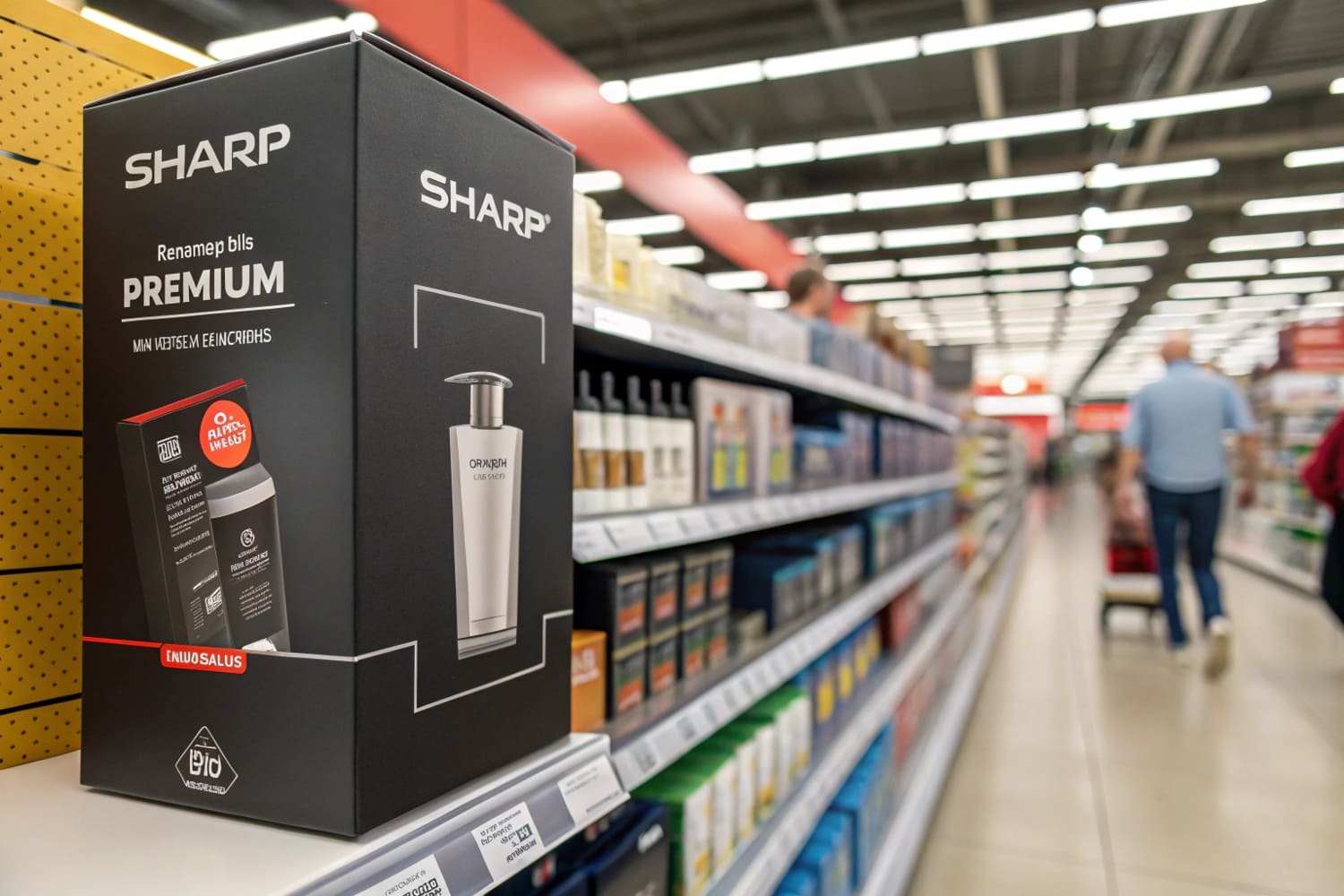Shoppers judge products fast. Weak boxes lose them. Strong retail packaging wins attention and drives sales. I solve that problem daily.
Retail box packaging is the branded, protective container that presents a product on-shelf, communicates value, and carries it safely from store to home.
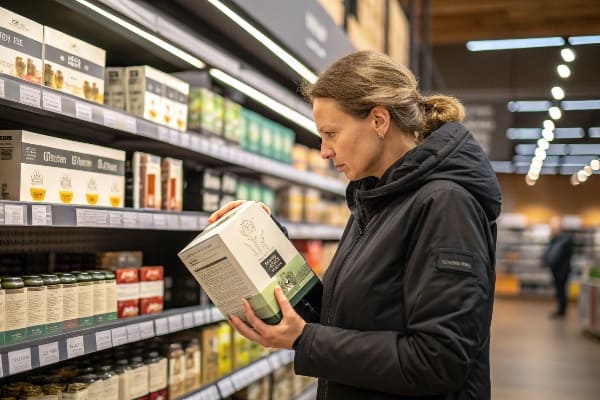
Good packaging earns trust. Stay with me and learn how each layer of the box turns casual browsers into loyal buyers.
What does retail packaging mean?
Customers feel confused when products look the same. I create packaging that clears that fog, highlights differences, and guides the purchase.
Retail packaging means every outer layer—box, sleeve, tag, insert—that protects a product, explains it, and persuades a shopper to choose it.
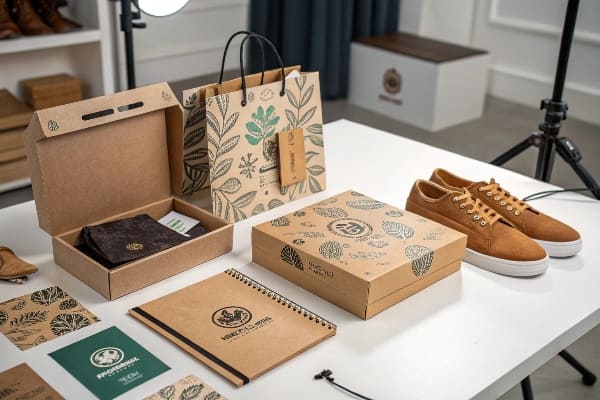
How retail packaging works
Effective retail packaging1 balances three simple goals: protect, inform, and sell. When one goal fails the whole box fails.
Layers and their tasks
| Layer | Task | Typical Material |
|---|---|---|
| Primary | Holds product | Blister, bottle |
| Secondary | Displays brand | Printed cardboard |
| Tertiary | Ships safely | Corrugated carton |
My day-to-day test
I drop, shake, and stack every prototype. If inks scuff or flaps pop, I fix the dieline. Simple tests save expensive recalls later.
Buyer psychology in play
Colors direct emotions. Red shouts energy; green whispers eco-friendly. I keep wording clear and minimal because overloaded panels repel rushed shoppers. I proofread with a phone camera—tiny screens reveal clutter better than desktop monitors.
Cost versus value
Cutting material thickness saves cents but risks crushed corners. I propose smarter die-cuts or lighter coatings instead. This keeps strength high without inflating budgets. My retail clients approve because fewer damaged returns offset small print upgrades.
What is a retail box?
Retail stockrooms overflow with anonymous cartons. Only a true retail box stands out, yet it must withstand forklifts and human error.
A retail box is the consumer-facing carton designed to protect a product, showcase a brand, and fit neatly within store fixtures.
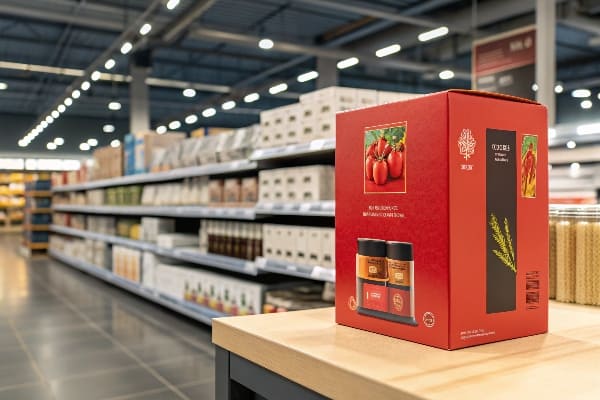
Anatomy of a retail box
| Panel | Purpose | Design Tip |
|---|---|---|
| Front | First impression | Hero photo + clear name |
| Back | Deep details | Bullet points, specs |
| Sides | Secondary cues | Icons, certifications |
| Flaps | Security | Hidden glue spots |
Structural strength tricks
I reinforce stress points with double walls around window cutouts. A 3-mm lip stops cracking during transport. I also align flute direction vertically to resist shelf sag.
Shelf efficiency
Big boxes waste facings. I use CAD to shrink air gaps while leaving room for instruction leaflets. Result: retailers fit more units per peg, raising sell-through.
Sustainability moves
Retailers demand less plastic. I swap PET windows for plant-based PLA or remove windows altogether and print the product silhouette instead. This change lowers the box’s carbon footprint and still teases contents.
Real-world case
A hunting-gear client needed rugged displays for crossbows. I integrated a hidden foam cradle inside the retail box so metal limbs never pierced the walls. Damage claims dropped to zero during Black Friday.
What is custom retail packaging?
Generic boxes save time but dull a brand. I see them get ignored every trade-show. Custom packaging flips that script and sparks conversation.
Custom retail packaging is a tailor-made box that matches specific product size, brand colors, graphics, and shopper experience goals.

Why customize?
Custom dimensions cut fillers and shipping waste. Bespoke artwork reinforces storytelling. Together they raise perceived value, letting brands charge premium prices.
Steps I follow
- Brief – Gather target shopper profile, shelf type, and competitor snapshots.
- Concept – Sketch dielines and mood boards in plain language.
- Render – Produce 3D visuals; tweak until the client nods.
- Prototype – Print one-off sample; run strength tests.
- Iterate – Adjust gloss level, emboss depth, QR codes.
- Launch – Approve mass run; lock color profiles with Pantone chips.
Cost breakdown table
| Stage | Typical % of Budget | Hidden Risks if Skipped |
|---|---|---|
| Design | 15% | Bland shelf presence |
| Prototype | 10% | Surprise fit issues |
| Printing | 55% | Color drift |
| Finishing | 20% | Cheap tactile feel |
Personal lesson
I once rushed a sports-drink box without embossing. On shelf it looked flat next to foil-stamped rivals. Sales lagged until we relaunched with raised logos. That tactile cue mattered more than ad spend.
Customization and logistics
Custom shapes can puzzle warehouse robots. I always send ISTA-approved shipping cartons that mirror outer dimensions of standard RSC boxes. This keeps fulfillment lines smooth while the inner reveal remains unique.
What is packaging in retail management?
Good packaging policies stop chaos. Store managers want clean aisles and fast restocks. Packaging choices either help or hinder those goals.
In retail management, packaging is the strategic system that aligns product protection, merchandising efficiency, and brand storytelling across the supply chain.
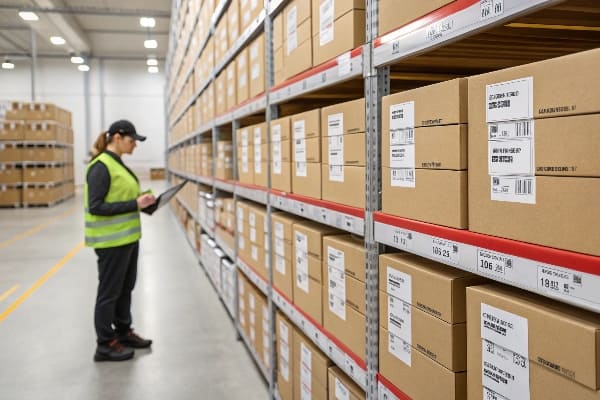
Stakeholders and needs
| Stakeholder | Need | Packaging Answer |
|---|---|---|
| Supply chain | Stackability | Standard master cartons |
| Merchandiser | Fast setup | Auto-lock bases |
| Shopper | Clarity | Simple icon sets |
Efficiency hacks I apply
Auto-pop retail trays2 let staff open, flip, and display in under ten seconds. Perforated tear-strips create instant shelf-ready trays. This design cuts labor costs and keeps facing counts consistent.
Data-driven resets
I collect sell-through data3 each quarter. Slow-moving SKUs often share one trait: weak shelf presence. I pitch redesigns focusing on bolder front visuals and clearer feature hierarchies. After refresh, velocity usually rises 20–30%.
Compliance and labeling
Retailers fine suppliers when barcodes fail. I place GTIN codes on two adjacent sides so scanners always catch one. I test print contrast with a basic smartphone lens because that mirrors real checkout scanners.
Future trends
Smart packaging with NFC tags4 links physical boxes to digital content. I prototype thin inlays that stay below 1 mm so they do not bulge the board. Early adopters gain tracking data and interactive tutorials without bulky manuals.
Conclusion
Retail boxes are more than containers; they are silent salespeople that protect, explain, and persuade in one swift glance.
Explore this resource to understand how to create packaging that protects, informs, and sells effectively, enhancing your product’s market appeal. ↩
Explore how auto-pop retail trays can enhance efficiency and reduce labor costs in your retail setup. ↩
Learn how analyzing sell-through data can help optimize product placement and increase sales velocity. ↩
Discover how smart packaging can revolutionize customer engagement and provide valuable tracking data. ↩

